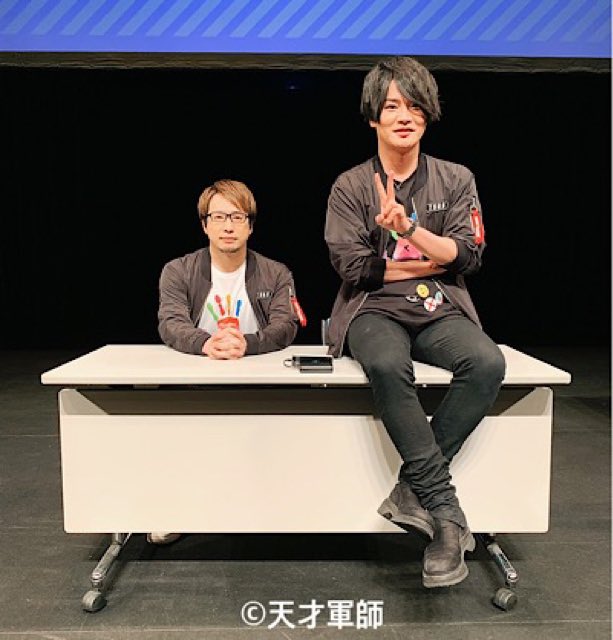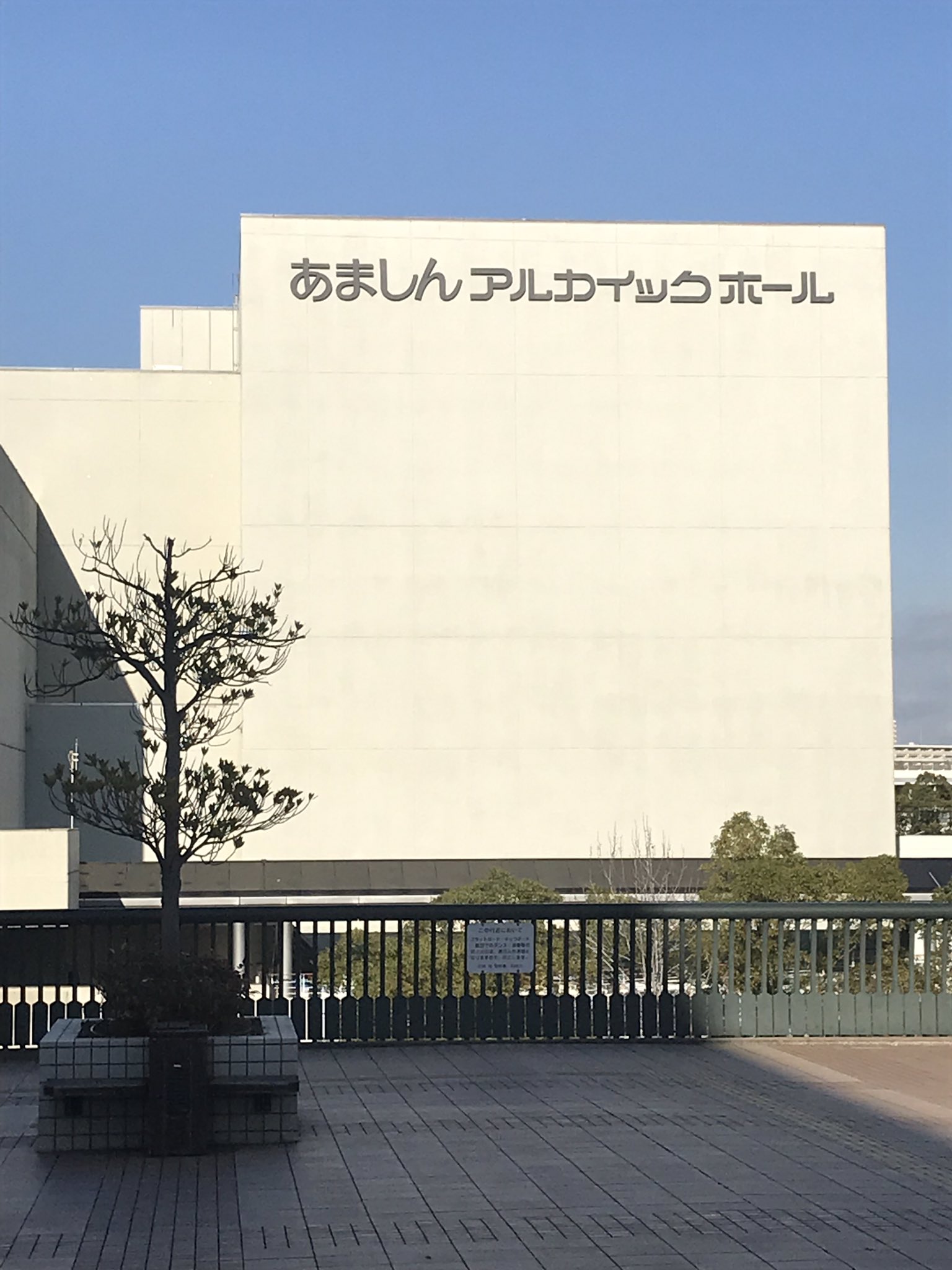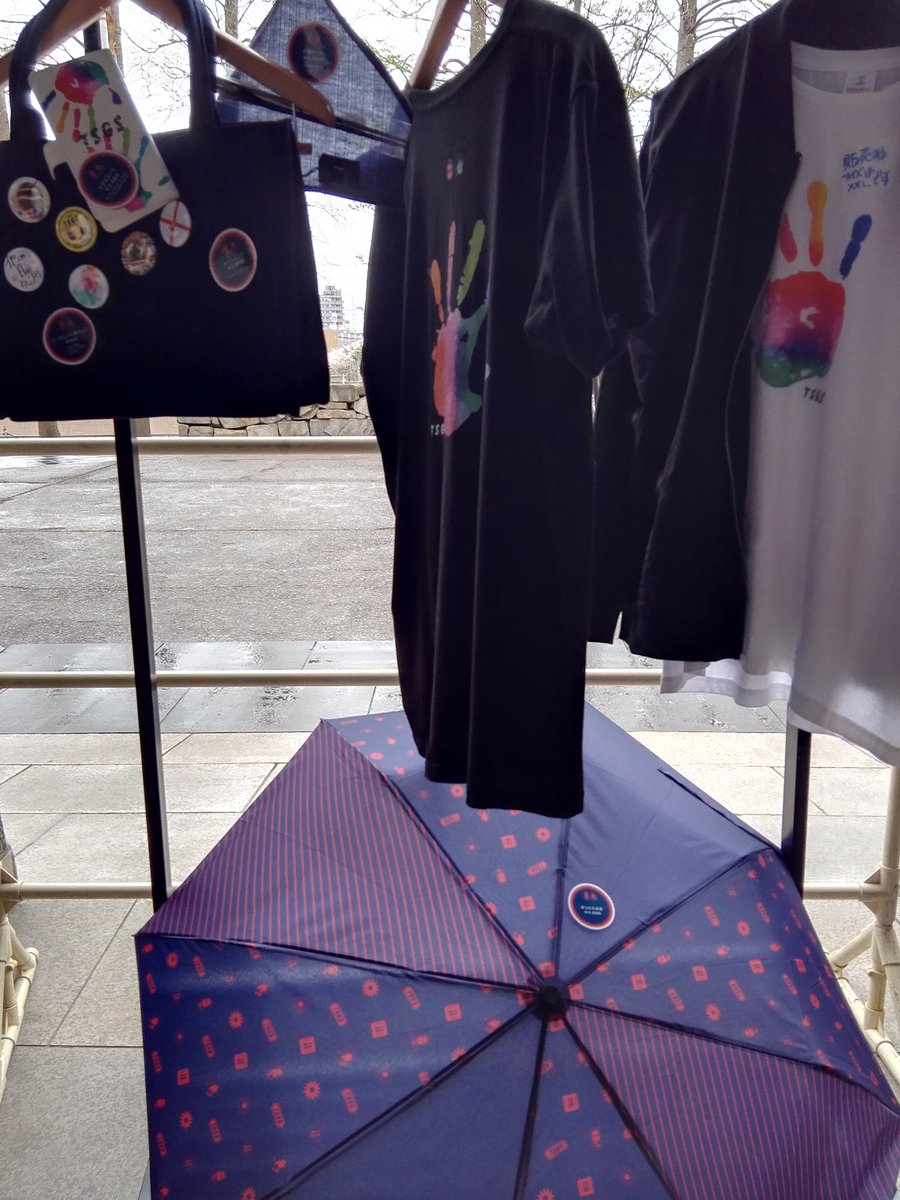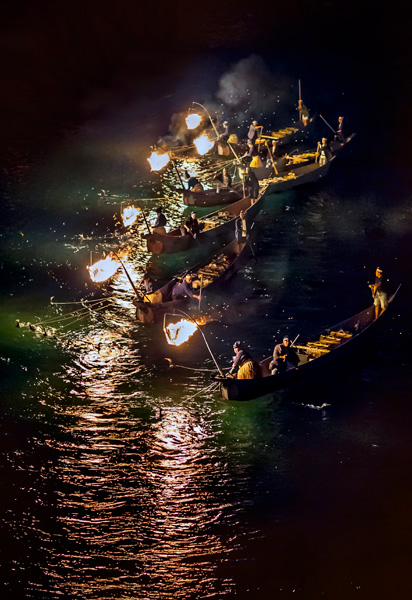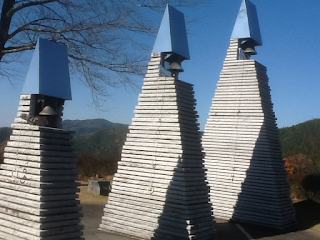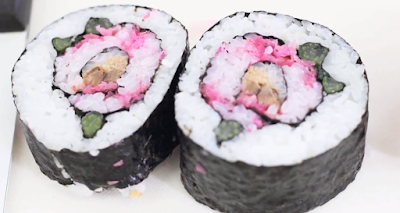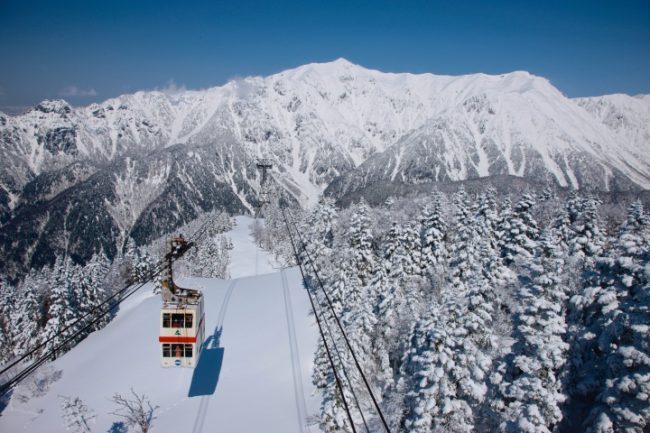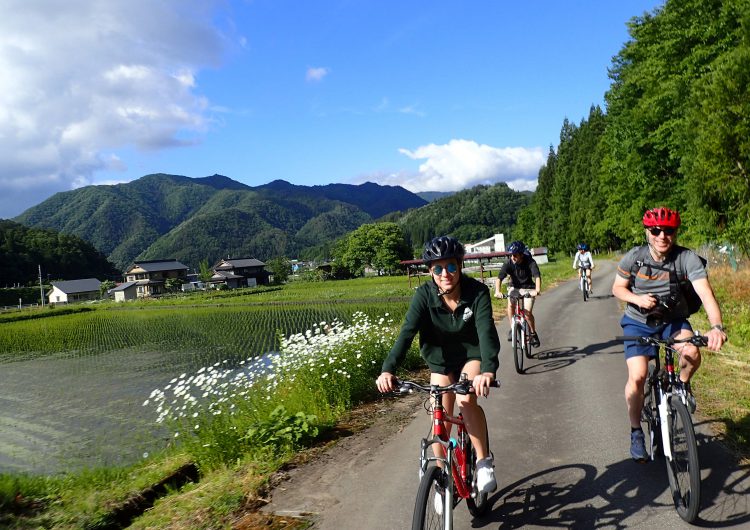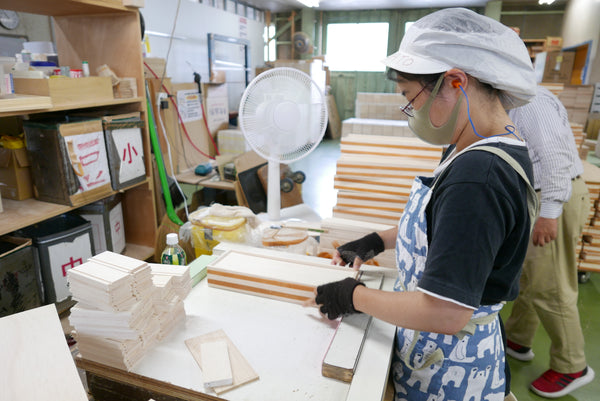
Throughout my career, many people have asked me these question:
What's your favorite place in Japan?
If there's only one place that you can go, which part of Japan will you be going back to?
I always have the same answer - Onomichi. And here are 10 reasons why.
1. It has some nice, old school, retro trains

I love these trains because they have these retro feeling - wide windows, comfortable seats where you can face people for a nice conversation, and a nice view!
These seats can be rotated when the train moves to the opposite direction too!

What I also like about these trains is that, they have coaches that has air conditioner! Although the weather was 15 degrees during my visit in April, I am not a big fan of the strong rays from the sun, so entering the colder compartment is a blessing!
And since some of the compartments had colder air, I can see why the doors are also manual. You have these buttons that you can open and close the compartment door.
And no, the doors will not open automatically if you stick your hand between the doors, so be careful and press the open button from inside/outside the compartment if you plan to enter when the doors are closing!

If you are a fan of cycling, you should never miss the Shimanami Kaido cycling route!

What I also like about these trains is that, they have coaches that has air conditioner! Although the weather was 15 degrees during my visit in April, I am not a big fan of the strong rays from the sun, so entering the colder compartment is a blessing!
And since some of the compartments had colder air, I can see why the doors are also manual. You have these buttons that you can open and close the compartment door.
And no, the doors will not open automatically if you stick your hand between the doors, so be careful and press the open button from inside/outside the compartment if you plan to enter when the doors are closing!
2. You can board a 100 yen ferry

If you are a fan of cycling, you should never miss the Shimanami Kaido cycling route!
Onomichi is your starting (or ending if you're coming from Shikoku) point of the cycling path and it's a beautiful experience.
To start with your cycling journey in the Shimanami Kaido, board the 100 yen ferry to Mukaishima! The ferry port is just right opposite of the JR Onomichi station. The uncle is very friendly and you definitely won't need to worry about not having enough of 100yen coins. Just give him a 1000 yen and he'll give you 900 yen of coins (minus the fare, of course!)
3. Beautiful Sakura Blooms

Besides the Shimanami Kaido, you can also see some late bloomers of sakura in mid-April in Mukaishima! If you are lucky, you can also see some pretty blooms on the mountains of Onomichi in mid-April too!
Plus point is that, Mukaishima is not a noisy or crowded place at all. Even if you have no plans to cycle, there are quire some sakura-viewing spots that you can check out! They have a big map and a board stating the blooming status of the flowers!
4. Cultural Preservation

One thing that I definitely appreciate is the efforts to preserve cultural events!
Every year, Onomichi's Senkoji area will be having a haiku competition! Entries come from the entire Japan and winners will have their original works displayed on lanterns in Senkoji Park!
There are many buildings that are also traditional and efforts of turning akiya (empty houses) into inns or tourist spots are also brilliant over Onomichi!

The accommodation I stayed was a teahouse with a history of more than a century! Old building, floors are traditionally squeaky, but the atmosphere here was comfortable. I'd love to hike again and stay for a couple more nights!

From what I've known about the concept of Ihatov, it is a concept from Miyazawa Kenji, a famous Japanese children storybook writer. In his works, he sets his story in a fictional place named Ihatov - a fictional land based on Iwate prefecture.

The accommodation I stayed was a teahouse with a history of more than a century! Old building, floors are traditionally squeaky, but the atmosphere here was comfortable. I'd love to hike again and stay for a couple more nights!
5. The Mysterious Touch

From what I've known about the concept of Ihatov, it is a concept from Miyazawa Kenji, a famous Japanese children storybook writer. In his works, he sets his story in a fictional place named Ihatov - a fictional land based on Iwate prefecture.
Now the question is: Hiroshima and Iwate are two different prefectures, so why is there an Ihatov house in Onomichi of Hiroshima?
Since Ihatov is Kenji's fictional dreamland, I'd say that this place is the owner's dreamland.
The owner is mysterious, and is definitely a fan of owls. There are a lot of things that are owl-related in this small space, and on days of full moon, you can enjoy seeing the moonlight from his shop while ordering some nice aromatic tea.
The owner is the sole person working in this place, and it is a place that you should come and relax, and does everything in a slow-paced manner. Though there's no English menu, but there are photos to help you to point and order. The items are a little on the pricey side, but is delicious, and I'd pay for a change of pace to a Ghibli-like world.
This place is also a no-photo place, but it is also a good reason why you should slow down your pace and look around the walls, ceilings, and different corners of this place. You see a lot of owl-motif items and it's lovely! I'd say that it's the best to keep things mysterious so the owner can keep this place up and running. :)
6. Cats are EVERYWHERE.

Although you have probably heard of the cat island in Japan, Onomichi is a town where cats are free to roam around and are loved by everyone.
Each of the cats are named and well cared of! Their hairs are all fluffy, clean and soft. You can find them around Senkoji, and even in their art museum!
If you've heard of the cats that wanted to enter an art museum, it is in Onomichi!

They had this cat alley called Neko no Hosomichi in Onomichi of Hiroshima. If you have sharp eyes, you will see a lot of cats along this place. It's pretty easy to find if you walk down from Senkoji Temple!

Cats are literally everywhere up here.
7. Beautiful Sunset View

From Senkoji Park, you can see the change of the sky colors. Really beautiful.
It's an easy 15-minutes hike (or lazier, use the ropeway but the operation hours aren't long) from the bottom! Stairs are well-paved so no special equipment are needed too.
8. Onomichi Ramen

One thing that I love about Onomichi is of course, their ramen! Shukaen is one of their famous ramen places (not halal) in Onomichi! The broth is not thick, but flavorful and it is a taste that I miss from home.
One bowl is only 600 yen, very affordable! The queue is long but is not bad, though you would want to come earlier than 12PM!
 On the other hand, their gyoza is really nice! It has a crispy base that I don't really eat from home, but knowing how great it tastes I started to learn how to make these at home now.
On the other hand, their gyoza is really nice! It has a crispy base that I don't really eat from home, but knowing how great it tastes I started to learn how to make these at home now.
Though I'd never be able to replicate the flavor.
9. The Aesthetics

If you are zooming your way past Onomichi on the Sanyo Shinkansen, and comparing the views of the architectures from the train, you will notice that Onomichi's buildings has a form of uniformity (in terms of color) that is not seen in other parts along the Sanyo line. It is eye-pleasing, and is very relaxing looking at the building on the hills.
If you think that those anime high school life scenarios are fake, you really need to give Onomichi a day to sense the quiet, serene scene. They still keep the traditional fumikiri (the stop bar in the intersection of your road and the train's track) sounds. It's a very nostalgic sound!
10. Cheap Food

One thing that is important for budget travelers is always food, and Onomichi's Central Shopping Street has different stores that sells daily groceries! Strawberries, bentos, mochi, and greens can be purchased within a few hundred yen. Tastes great, and keeps the tummy happy!
Sometimes, I'd say that I wanted to retire in this town if I could! I haven't talked much on the sightseeing part of Onomichi at all, but I'll leave it for next time. :)
Hope this post would bring you more insight about Onomichi and hopefully one day, you will be visiting there too!
Until my next update!

